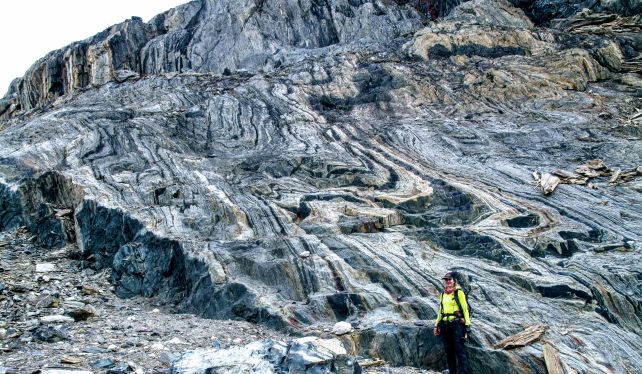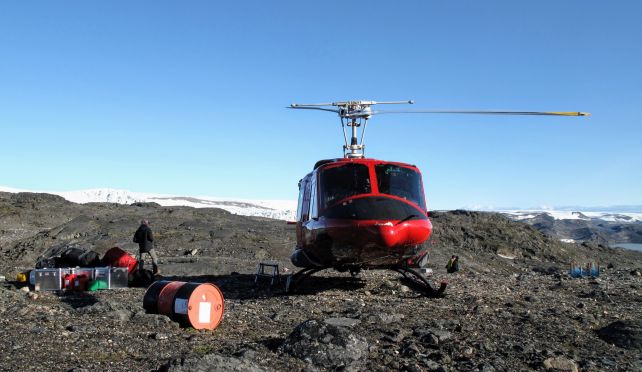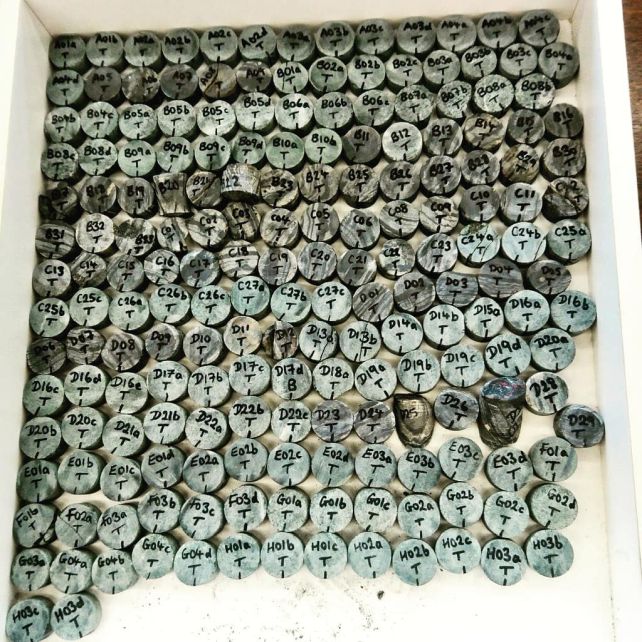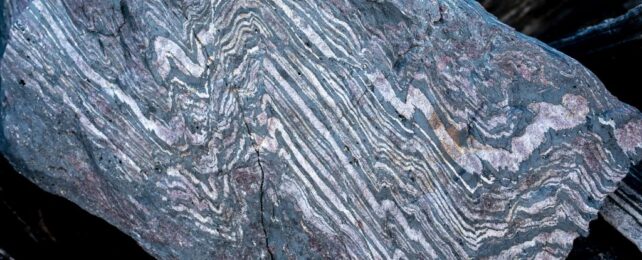Rocks that formed some 3.7 billion years ago in the early Archean have given us the earliest glimpse yet of Earth's magnetic field.
That was a time when Earth may have been still wrapped in water, and early life was only just starting to emerge – and the newly discovered traces of the planetary magnetosphere reveal that it was surprisingly similar to the invisible structure that still protects Earth today.
This discovery can help scientists understand Earth's early history and the factors that contributed to the emergence of life. In addition, the detailed analysis could help measure early traces of Earth's magnetic field in other places around the world, helping recreate its global shape and evolution through the planet's 4.5 billion-year lifespan.
Earth's magnetic field is a vast shell that wraps around and encloses our planet. It's thought to be generated deep towards the core, where the rotation of convecting, conducting fluid known as the geodynamo converts kinetic energy into electric and magnetic fields that are flung out into space.

Scientists also think that we have this magnetic field to thank for Earth's habitability: it protects the atmosphere from being rapidly stripped by the solar wind, and diverts harmful radiation. What we have a less clear idea about is how the magnetic field evolved over Earth's history. What did it look like when our planet was young, and how has it changed over the eons since?
This is where rocks can be really useful. When they are still soft as they form, any ferromagnetic materials therein become aligned with external magnetic influences – such as the huge magnetic field that wraps around and runs through Earth.
These geological records can reveal not just the alignment of the magnetic field, but its strength. The trick is finding the right kind of rock, and being able to interpret what it has to tell us.
For one thing, any event or force that heats the rock can alter it, erasing and overwriting previous magnetic information. That's why it's so hard to find reliable records of the early magnetic field, even if the rock itself is confirmed to be very old.

A team led by geologist Claire Nichols of the University of Oxford in the UK has now found just such a record, in the lonesome wilds of Isua in Greenland.
There, a region known as the Supracrustal Belt has a special geology: it sits upon a thick layer of Earth's crust that has protected it from tectonic activity and deformation for billions of years.
In that formation are rocks that are rich in iron. Lead-uranium dating of zircon crystals in this formation has revealed that some of the rocks formed some 3.7 billion years ago.
Nichols and her team studied the iron in these ancient rocks to determine the properties of Earth's magnetic field at the time. Their results revealed that the magnetic field strength 3.7 billion years ago was at least 15 microtesla. That's remarkably comparable to the current strength of around 30 microtesla.
That suggests that the early geodynamo was similarly effective and efficient to how it is today. But the Sun hasn't always been the way it is now. During the Archaean, it too was pretty young, and a lot more active, and the solar wind was a lot more powerful.
This suggests that the level of protection from the solar wind provided by the magnetic field has increased over time. This could have implications for the emergence of life – that it couldn't emerge until the protection provided was at a certain level.

The findings could also help understand the evolution of Earth's atmosphere. There is evidence that a lot of ionized xenon and hydrogen were lost during the Archean; since xenon is relatively heavy, it's unlikely to be stripped from a heavily shielded atmosphere in any significant quantities.
One possibility involves a slightly weaker magnetic field allowing for a widening of exposure to solar winds at the poles. The team's research shows that this is possible, if the magnetic field strength was on the lower end of the scale they established from the Greenland rocks.
More research will be needed to determine how the magnetic field behaved and changed, from the Archean onward. However, one thing is now certain.
"Regardless of its exact strength and stability," the researchers write, "our results suggest Earth has sustained a 950 intrinsic magnetic field since at least 3.7 billion years ago."
Rock on.
The team's research has been published in the Journal of Geophysical Research: Solid Earth.
